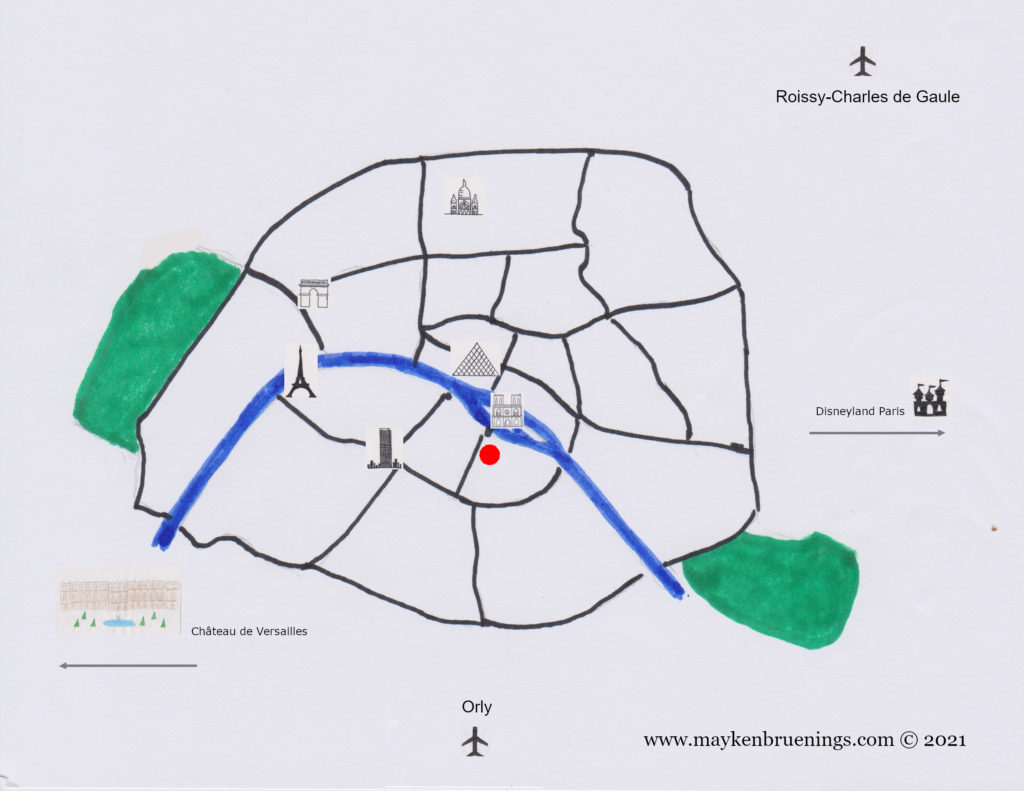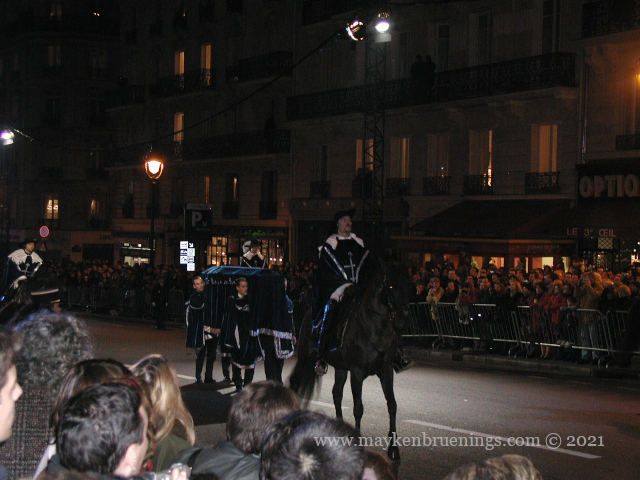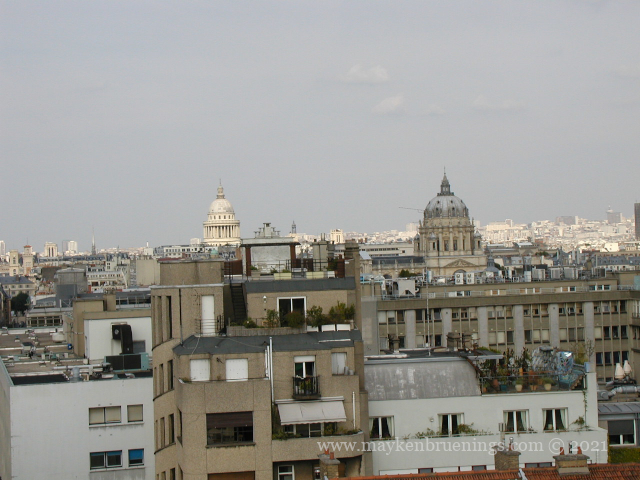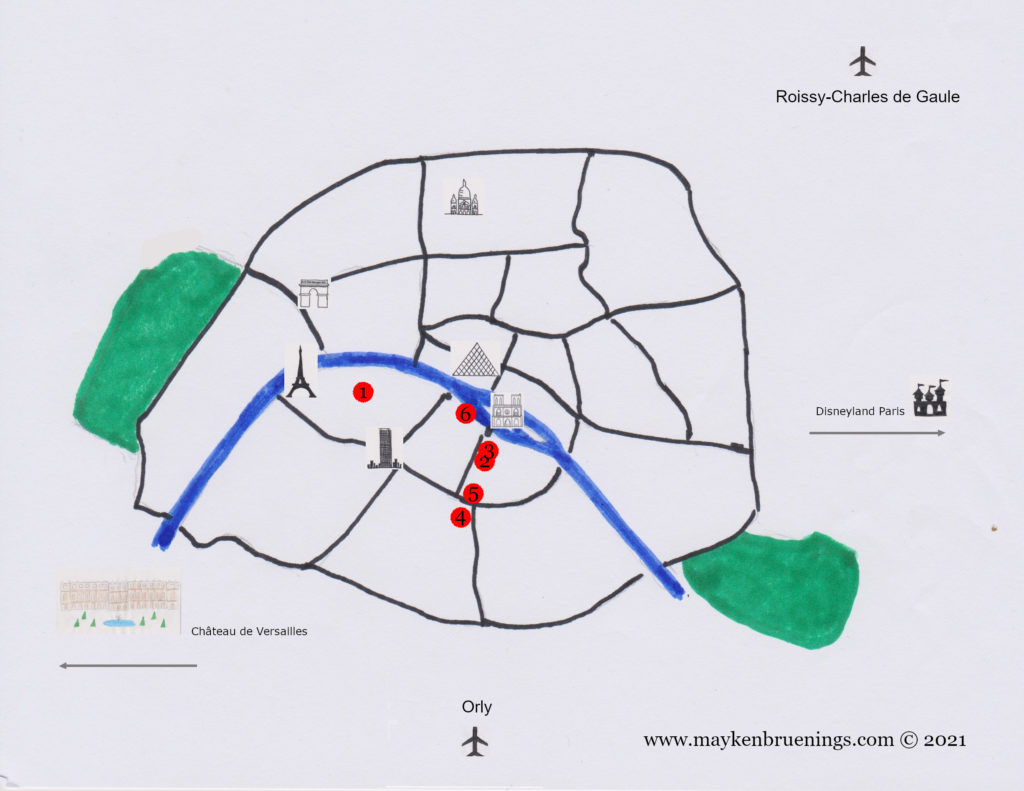
The Pantheon is located on the Sainte Geneviève mountain in the heart of the Latin Quarter. Built in the 18th century, it was originally meant to accommodate relics of Sainte Geneviéve, the patron saint of Paris, but since the French Revolution, it honors distinguished French citizens, as the inscription on the front says:
AUX GRANDS HOMMES LA PATRIE RECONNAISSANTE
To the great men, from a grateful nation
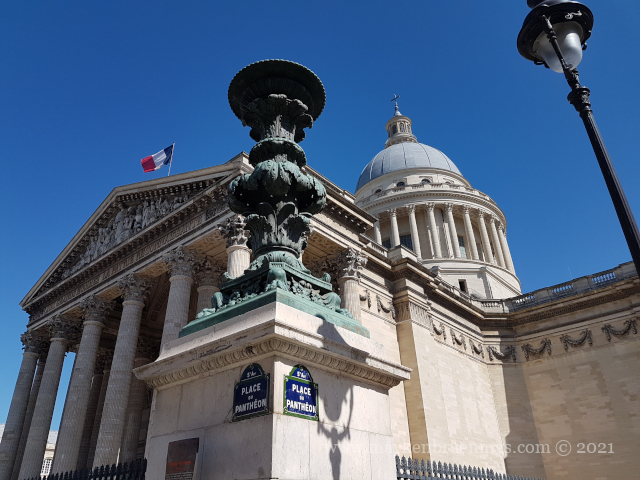
When the remains of a distinguished person are transferred to the Panthéon, they obtain a almost mythical status. Only very few panthéonisés have been directly buried there, such as Victor Hugo.
The “grands hommes” are still in a large majority men, the first woman was the wife of a grand homme whose family only agreed to the transfer if his wife’s remains could accompany his. The first woman to accede to Pantheéon status on her own merits was Marie Curie. Only three more women have followed her since, two Résistantes, and more recently, Simone Veil.

How do you become a grand homme? Only the national assembly can propose new candidates for the Panthéon, the final decision is made by the president.
